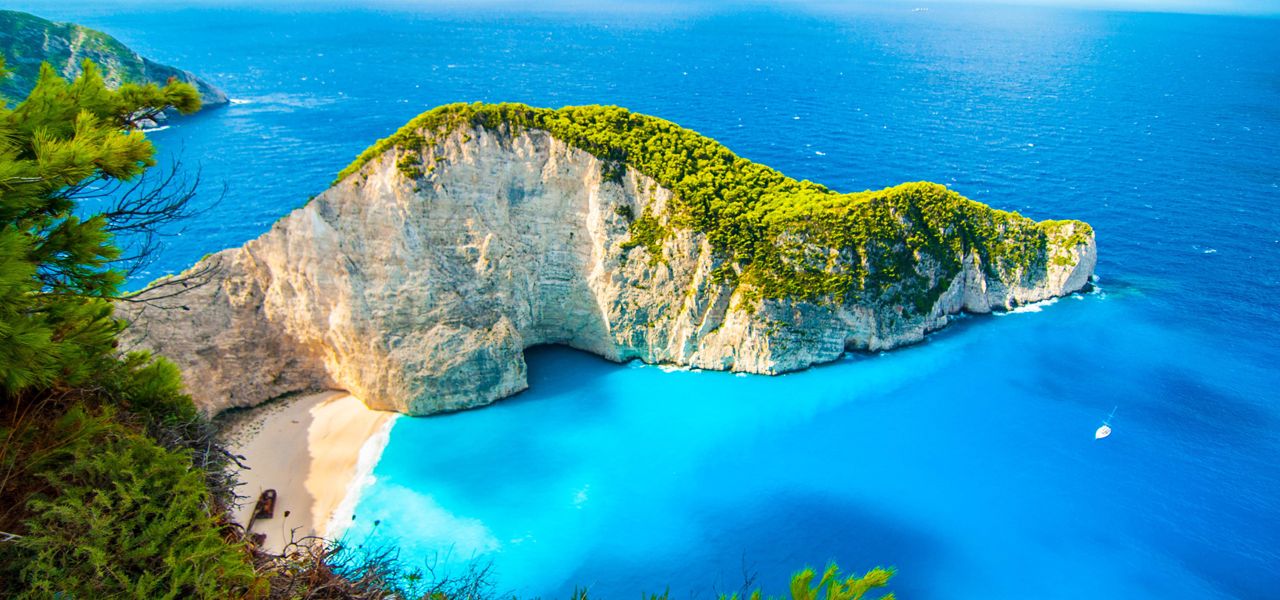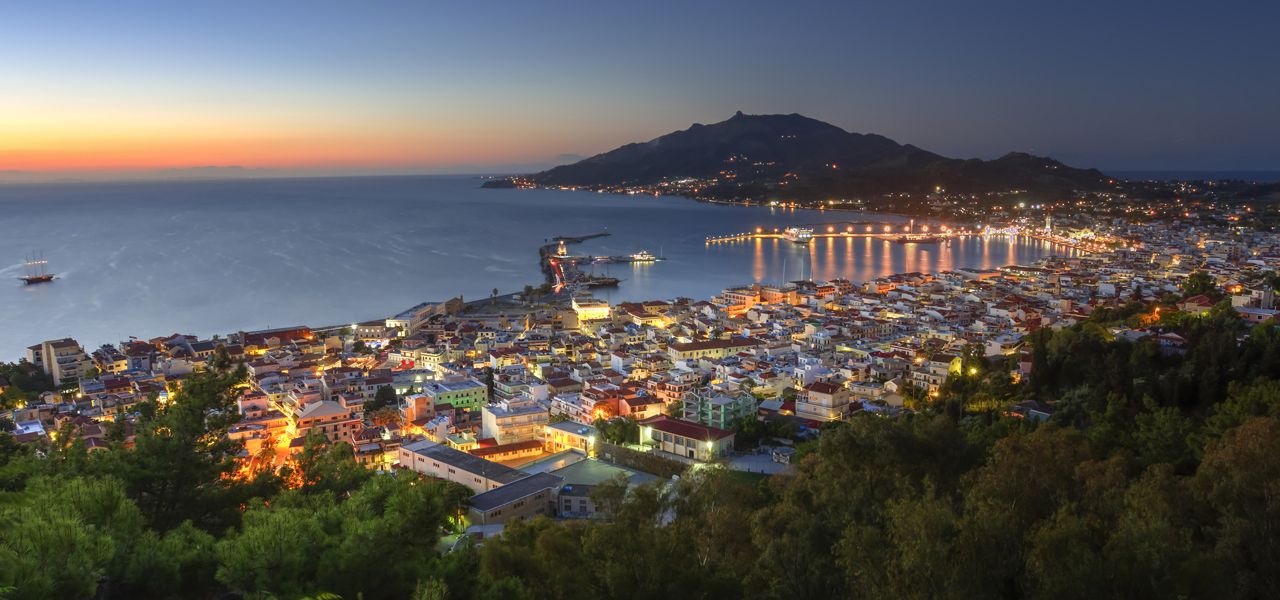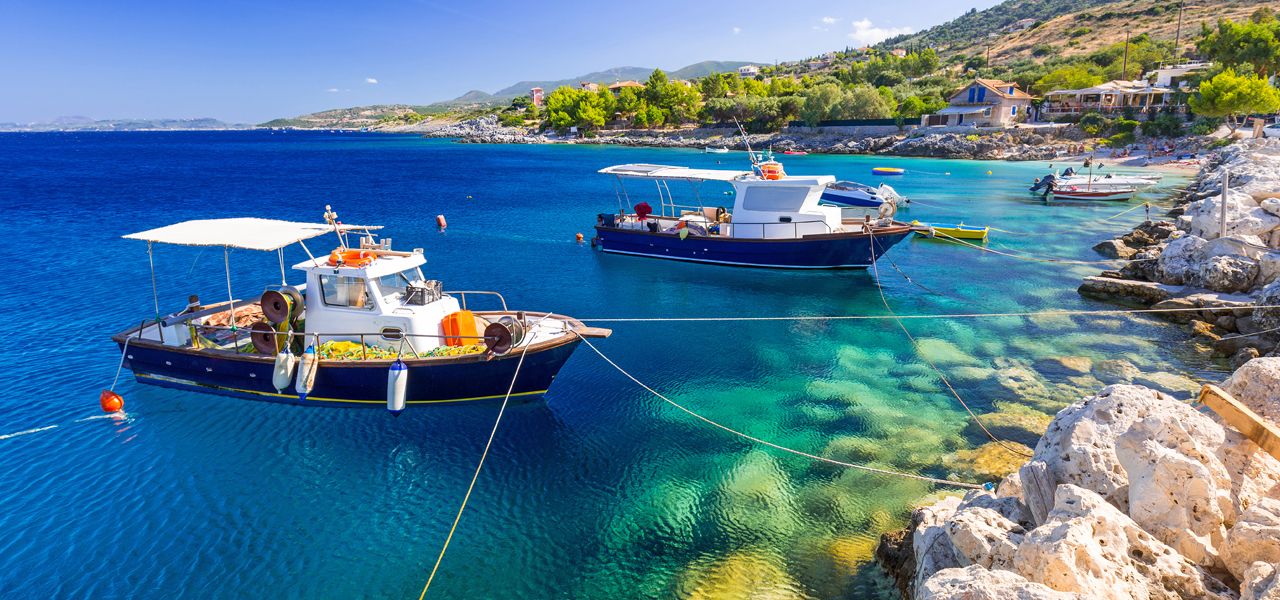There are two favorable spots for taking the perfect selfie. The first on the top of the hill in Bohali; star trekking, twilight zone would be an ideal time with the twinkling lights of Zakynthos town and the whole bay below. Of course, the panoramic views would be just the icing on the cake, because the breeze up there, like an intermediate host, will breathe into you the Zantiots’ DNA. The people here are lively and active, sometimes over excitable; they like to talk a lot with their lilting accent and they speak proudly about their land. Devoted to everything beautiful in all forms of expression, they really are one of the reasons Zakynthos remains a constant source of fascination and contribution too.
The island lays claim to its lion’s share when it comes to Greece’s artistic, intellectual and cultural growth. Music, for example, flows in everybody’s veins in the form moonlit serenades and operettas; it is a way of life, “a sweet occupation” as the locals put it. Guitars and mandolins are eveready, everywhere on the island to give life to the “cantades” or “arechias” – entirely Zantiot folk music idioms, played and sung even by the owners and the staff of the tavernas to accompany the famous wine, and the local specialties such as the “fytoura” (fried semolina flavored with cinnamon and sugar) and the rabbit stew. And surely there were more, maybe too many, reasons for Zakynthos to be called and be known as “Fioro di Levante”.
After all the “comedia dell’ arte” flourished here, some of the best-known hagiographers, like Doxaras, Coutouzis and Cantounis, have left their lasting impressions on the domes of the churches, appreciated as the best and richest in the Ionian islands. Even Edgar Allan Poe wrote a sonnet “To Zante” – “the fairest of all flowers”, in 1837. And, of course, it was here where Greece’s “national poet” Dionysios Solomos, came to his “eureka” moment, up in Stranis hill just a few kilometers from Zakynthos town, and wrote his long poem “Hymn to Freedom”, which set to music by the Corfiot Nikolaos Mantzaros became the National Anthem of Greece.
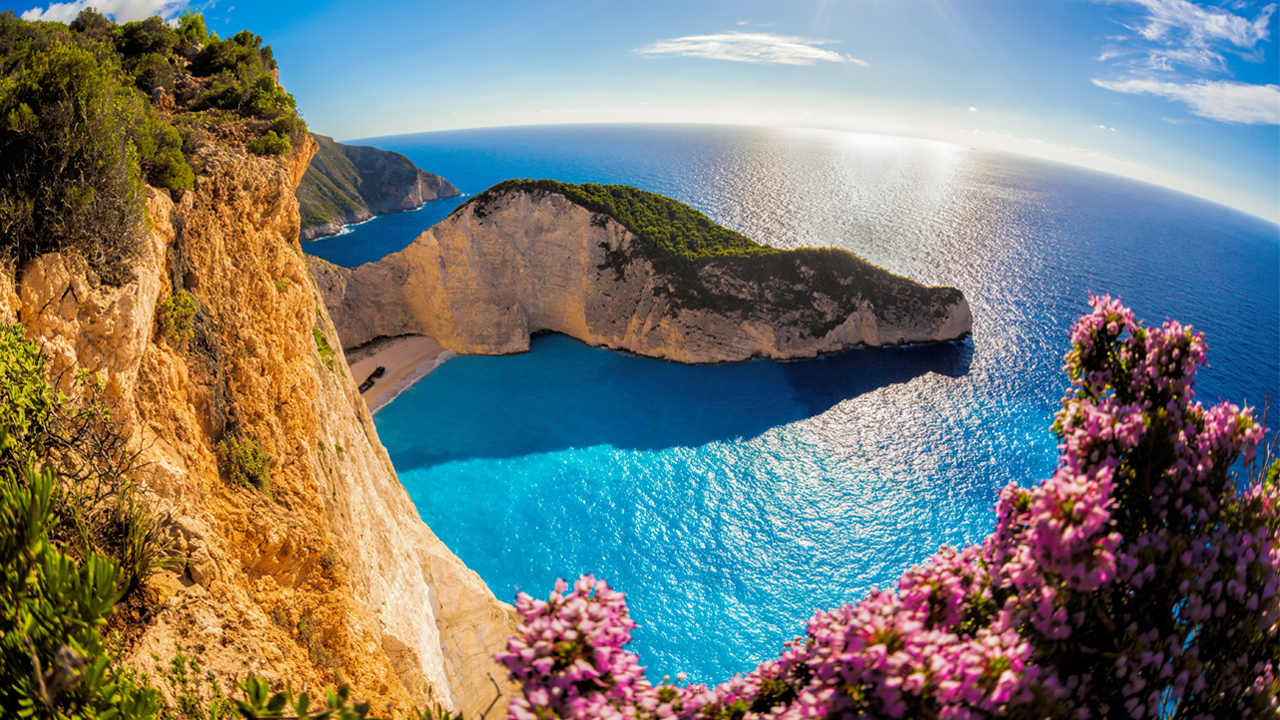
As it goes with all the Eptanese, it would be a guilty verdict to decide which periods of history or of foreign domination brought the biggest influences or changes to the islands. But maybe it was nature, for the earthquake of 1953 and the fire which followed altered the island and the capital for good. Nevertheless, after the old wounds had healed, today’s capital, as manifesto of its Western European heritage, shows innovative British flair channeled into French bourgeois interpretations and Byzantine religious design blended with Venetian mansion architecture of the “Nobili”.
Now the second perfect spot for your pose would definitely be the Agios Georgios ton Gremnon monastery. Up there, at the northwesternmost point of the island, tilting your smartphone downwards you’ll make the notorious Smuggler’s Cove the background of your selfie. More detailed narrative is redundant, because you know all about the Shipwreck. It has captivated your imagination long before you set foot on the island, it does that to everybody. Maybe it was the reason you chose Zakynthos in the first place. Some even say that today this landmark raises as much attention as the Parthenon. This may be a fictitious claim, but still, a google search is likely to produce more than 2 million results in fraction of a second.
Navagio, by all means Zakynthos’ signature beach has done a heck of a job as the island’s tout, at the same time embellished with foggy theories about its carcass ship: was the vessel a cigarette smuggler? Was she also a human trafficker? Was she hunted by the coast guard until she ran aground? Was it just a mechanical failure, as the ship owner suggests waiving also a court decision? Or was it just the showpiece result of a diabolically genius Ministry of Tourism marketing mastermind?
But does it really matter? After all, who wants to spoil a good story, or to debunk a treasured myth? Whatever rumor or story one believes, the aftermath of this impromptu ship graveyard is this: whatever happened that night of October 2nd in 1980, as per most converging speculations, produced a stunning record-holder, travel guides cover that put Zakynthos on the worldwide tourist map for good. Not too long after that, the race for the tourist dollar began, tourism boomed and today the island receives more than 700.000 vacationers per year, for better or for worse.
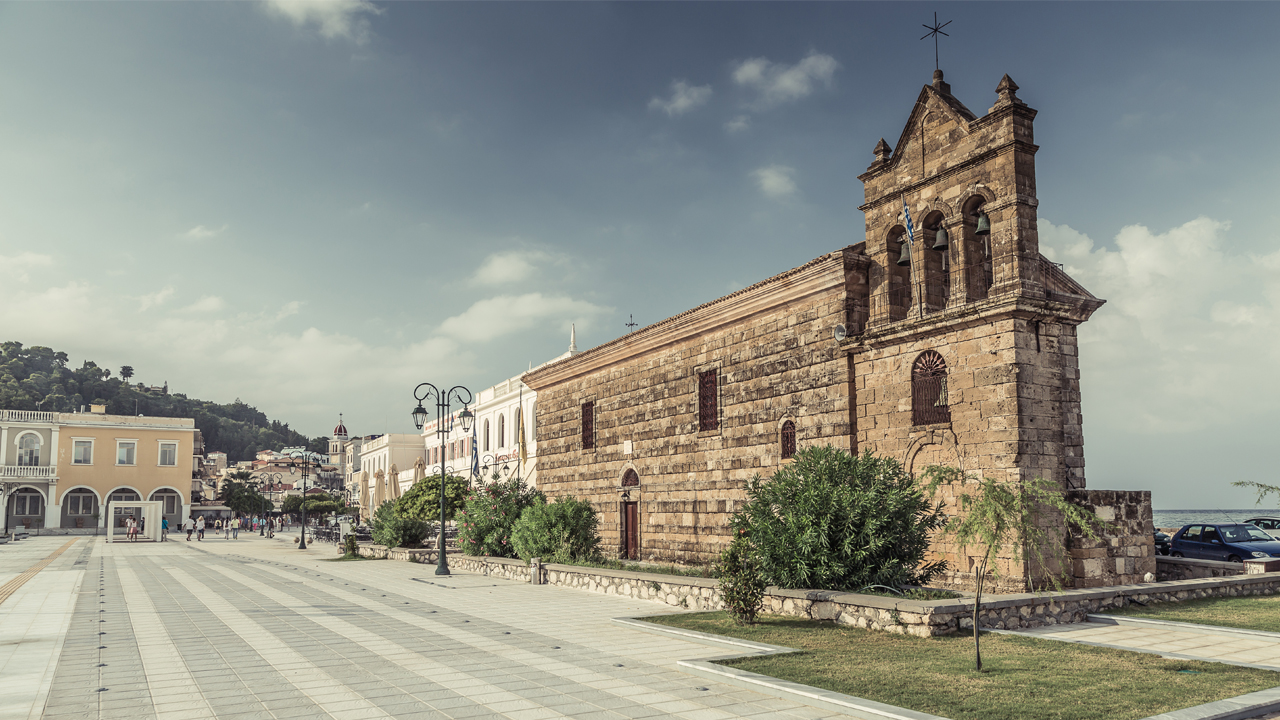
For better, because tourism development was, and is, so much needed to keep the islanders on their home grounds, for the island to live and prosper. But for worse, when the endangered loggerheads met the booze-and-brawl brawl tourism along the south coast: some half a century ago, Laganas, except being a prime Mediterranean nesting area for the Caretta caretta, was a saline water ecosystem also able to support one of the largest flamingo colonies in Europe, but nowadays had turned out be a heaving strip of neon nightlife, and turtle protection, certainly in itself a splitting headache for environmentalists, becomes a nightmare when their nesting time concurs with that of the European holiday season on the island’s main tourist beaches.
Hopefully though, thanks to efforts of the National Marine Park and the tireless efforts of conservation organizations such as “Archelon” and “Earth, Sea and Sky”, today there are trusting signs of finding a way for humans and animals to coexist, as long touristic growth is also based on moral development.
Besides, there is room for everyone: with 123km of coastline, more than 35 azure waters lapping at fine sands beaches, including the Blue Caves which can beam you up to cloud nine, Zakynthos is a happy beaching island.
And unless you’re only a “see a turtle or your money back” kind of person, the island’s hinterland promises divine recollections of inexhaustible beauty hard to forget: hidden picturesque villages, delightful vineyards, olive groves which produce of the finest oil in Greece, butterflies, birds, pine martens and 7,000 different kinds of flowers justify the island’s “Flower of the East” soubriquet, and prove that Zakynthos is also a botanical paradise miles apart from the tourist clutter, which surely will blast away your equipment’s digital memory, leaving space for just two selfies.
